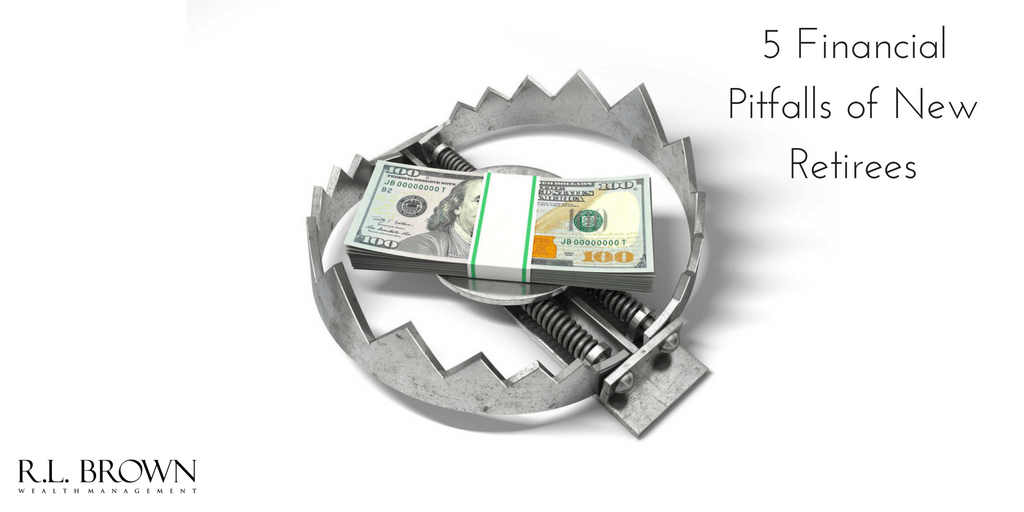Believe it or not, having a high income can have a serious downside when it comes to investment contribution limits and taxes. Luckily, there are a few strategies that can help you invest more while avoiding exorbitant payments to Uncle Sam.
One of the most beneficial, but lesser known techniques for contributing to a Roth IRA when your income exceeds the Roth IRA income limit ($183,000 to $193,000 for married couples filing jointly in 2015) is called a Backdoor Roth IRA.
Considered a “contribute and convert strategy,” a Backdoor is achieved in a two-step process. Individuals must first make a non-deductible contribution (already taxed) to a traditional IRA, and then shortly thereafter convert it to a Roth.
The good news is there no income limit on contributing to a non-deductible, Traditional IRA, nor on converting a Traditional IRA to a Roth IRA.
One important thing to remember when taking advantage of the Backdoor strategy is to do the conversion relatively quick after the original contribution so the account doesn’t accumulate earnings, thus causing you to owe taxes.
You’re only required to pay taxes on the difference between the converted value and the amount contributed, so if you held the Traditional IRA for just few days, the tax should be minimal.
In order to benefit from the Backdoor, you must either convert your other IRAs as well (check with a financial professional to make sure this is the best option for you), or transfer your deductible IRA contributions to an employer plan such as a 401(k).
If still have other (non-Roth) IRAs after completing the Backdoor strategy, the taxable portion of any conversion you make is prorated over all your IRAs; you cannot convert just the non-deductible amount.
For example, if your non-deductible contribution is representative of only 25% of the money across all of your IRA accounts, then only 25% of your Roth conversion amount will be tax-free. You will owe taxes on the other 75% of your Roth conversion amount unless you can transfer your other pre-tax IRA funds to a 401(k).
In short, the Backdoor Roth is one way to avoid a major tax bill when you’re over the income limit for a Roth. But be sure to go through the process carefully and check with a financial professional first to make sure it’s the best option for your financial situation.






